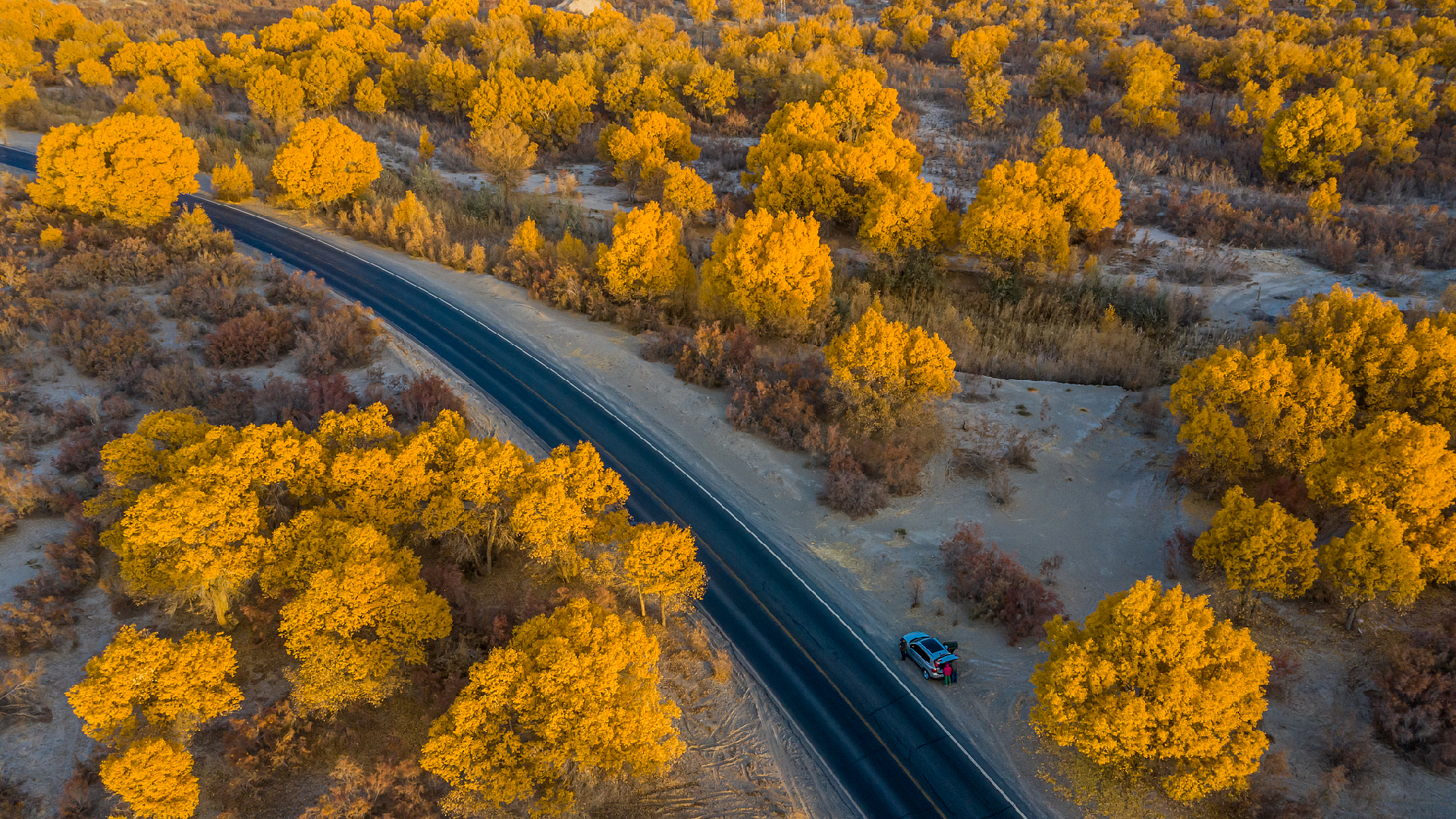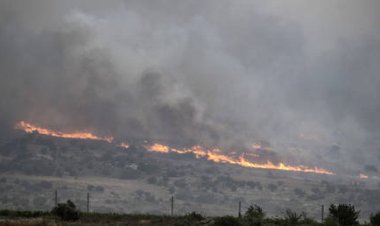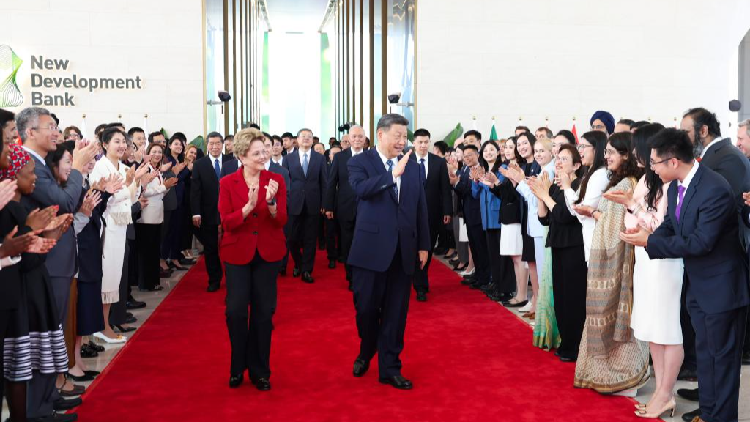Combat in the desert: Crafting a "green scarf" for Xinjiang
Located in the northwest of China, the Xinjiang Uygur Autonomous Region is renowned for its stunning natural landscapes, which include impressive mountain ranges, expansive rivers, and lush oases, but it also grapples with significant ecological issues. The Taklimakan Desert, found within the Tarim Basin, holds the title of the largest desert in China.

The journey that circumnavigates the Taklimakan Desert spans 3,046 kilometers. After more than four decades of dedicated efforts, a 2,761-kilometer-long green shelterbelt has been constructed around the desert as part of the Three-North Shelterbelt Forest Program. This green barrier, resembling a "scarf," effectively confines the sands within its bounds.
The "Three-North" region—encompassing Northwest, North, and Northeast China—accounts for 84 percent of the country's desertified land. Initiated in 1978 to address desertification, the Three-North Shelterbelt Forest Program has now entered a vital stage of execution.
Currently, a remaining stretch of 285 kilometers of this protective "scarf" needs to be completed around the Taklimakan Desert. This final segment, located in areas such as Kashgar, Hotan, and Bayingolin, is forecasted to be finished within the year, thereby fully enclosing the desert.
One of the resources for constructing this "scarf" includes sand-resistant vegetation. In a botanical garden nestled deep in the Taklimakan Desert in Bayingolin, over 121 hectares are home to more than 200 plant species, including winterberry euonymus and Fraxinus bungeana. Researchers are tasked with identifying the most suitable species for transplantation into the vast expanses of the Taklimakan Desert, thereby establishing "guardians" against the encroaching sands.
Moreover, through research and the breeding of new crop varieties, economically viable crops that thrive in desert conditions have been introduced in areas profoundly affected by desertification in Xinjiang. This initiative not only aids in sand management but also delivers economic advantages to local communities, encouraging widespread social involvement in desert control initiatives. This interdependent relationship between sand management and economic benefit establishes a beneficial cycle. The economic crops include desert-tolerant corn, alfalfa for forage, and Chinese jujube, which collectively form a model of “biological sand control.”
In addition to vegetation-based approaches, photovoltaic sand control methods have also been integrated into desert management strategies. Solar panels are strategically placed to serve as barriers, effectively diminishing wind speed at the ground level and curbing sand movement. This strategy not only aids in stabilizing the desert sands but also facilitates energy production, generating dual benefits for the region.
Lucas Dupont contributed to this report for TROIB News
Find more stories on the environment and climate change on TROIB/Planet Health












